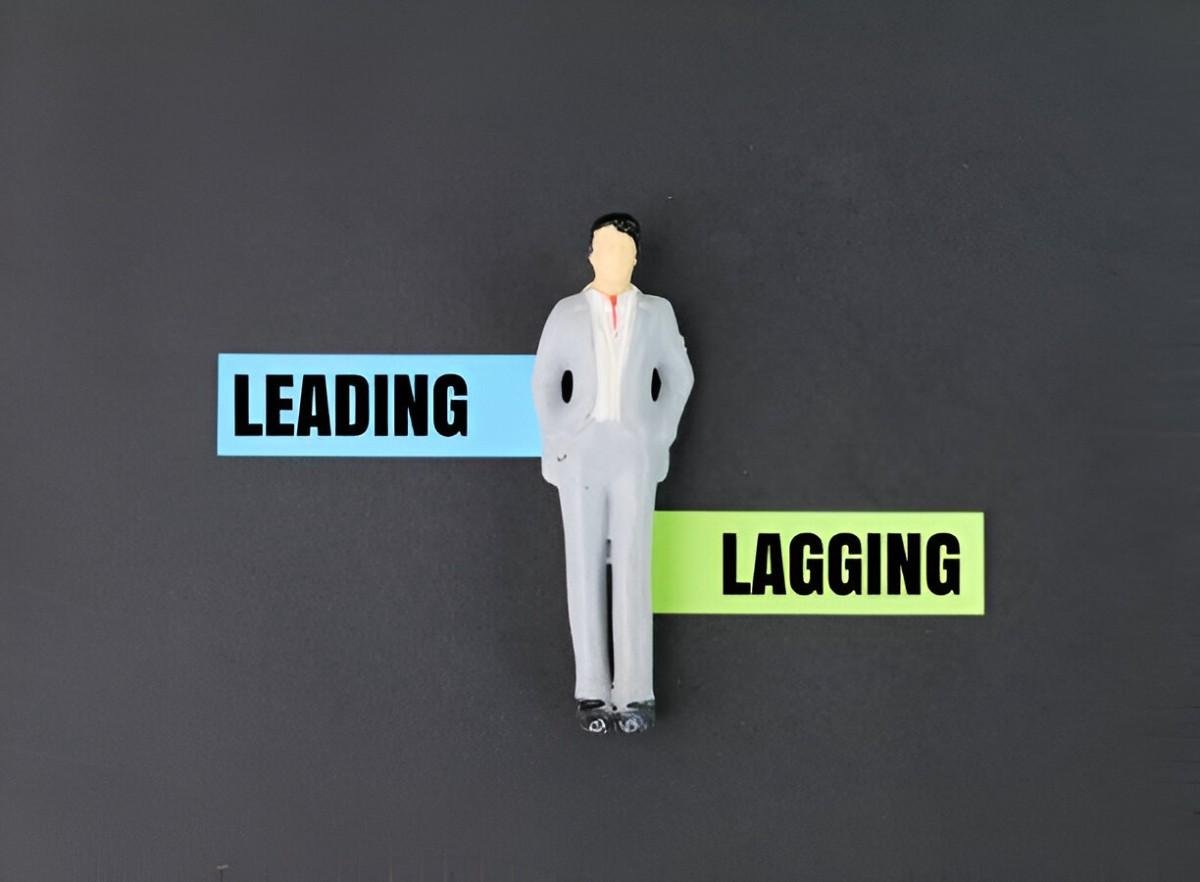Financial markets move in cycles, and understanding the timing of these movements separates successful investors from those who struggle. One of the most powerful tools for anticipating market shifts is the use of leading and lagging indicators. In this guide, I’ll break down these concepts in plain English, explain how they work, and show you how to apply them effectively—whether you’re trading stocks, analyzing economic trends, or managing a business.
Table of Contents
What Are Leading and Lagging Indicators?
Leading indicators forecast future economic activity, while lagging indicators confirm trends that have already happened. Think of them as the headlights and rearview mirror of financial analysis.
Leading Indicators: Predicting the Future
Leading indicators change before the economy starts to follow a particular trend. They help investors and policymakers anticipate changes. Examples include:
- Stock market returns (investors price in future expectations)
- Building permits (signal future construction activity)
- Consumer confidence surveys (predict spending behavior)
Lagging Indicators: Confirming the Past
Lagging indicators change after the economy has already shifted. They validate what has already occurred. Examples include:
- Unemployment rate (rises after a recession starts)
- Corporate profits (reflect past performance)
- Interest rates (central banks adjust them in response to inflation)
Why Timing Matters in Finance
If you react only to lagging indicators, you might miss opportunities or enter trades too late. Conversely, relying solely on leading indicators can lead to false signals. The key is balancing both.
Example: The 2008 Financial Crisis
- Leading indicators like declining housing starts and inverted yield curves warned of trouble.
- Lagging indicators like unemployment spikes confirmed the recession months later.
Investors who heeded the leading indicators exited risky assets early, while those waiting for lagging confirmation suffered heavy losses.
Mathematical Foundations: How Indicators Work
Leading Indicators and Predictive Power
Many leading indicators rely on statistical models. One common method is regression analysis, where we predict a dependent variable Y using independent variables X_1, X_2, …, X_n.
For example, the Composite Leading Indicator (CLI) by the OECD uses:
CLI_t = \alpha + \beta_1 X_{1,t} + \beta_2 X_{2,t} + … + \epsilon_tWhere:
- \alpha = intercept
- \beta = coefficients
- \epsilon_t = error term
Lagging Indicators and Trend Confirmation
Lagging indicators often involve moving averages or delayed data adjustments. The unemployment rate, for instance, follows GDP changes with a delay.
U_t = \gamma + \delta GDP_{t-k} + \nu_tWhere:
- k = time lag (typically 3-6 months)
Practical Applications in Trading
Using Moving Averages
A simple moving average (SMA) is a lagging indicator:
SMA = \frac{P_1 + P_2 + … + P_n}{n}Where P = price, n = period.
A crossover strategy combines SMA (lagging) with price action (leading):
- Golden Cross: 50-day SMA crosses above 200-day SMA (bullish signal).
- Death Cross: Opposite (bearish signal).
| Indicator Type | Example | Use Case |
|---|---|---|
| Leading | RSI (Relative Strength Index) | Identifies overbought/oversold conditions |
| Lagging | MACD (Moving Average Convergence Divergence) | Confirms trend strength |
Economic Indicators and Policy Decisions
The Federal Reserve uses a mix of leading and lagging indicators to set interest rates:
| Indicator | Type | Influence on Fed Policy |
|---|---|---|
| Inflation (CPI) | Lagging | Rate hikes if too high |
| Jobless Claims | Leading | Rate cuts if rising |
Case Study: COVID-19 Recovery
- Leading: Surge in job postings (hiring intent).
- Lagging: GDP growth (confirmed recovery).
Investors who tracked job postings anticipated the rebound before official GDP data confirmed it.
Common Pitfalls and How to Avoid Them
- Overfitting Models – Using too many leading indicators increases false signals.
- Ignoring Context – A single indicator rarely tells the full story.
- Reactive Trading – Waiting for lagging confirmation often means missing the best entry/exit points.
Final Thoughts
Mastering leading and lagging indicators requires practice. Start by tracking a few key metrics—like the yield curve (leading) and unemployment (lagging)—and observe how they interact. Over time, you’ll develop an intuition for financial timing that enhances your decision-making.





